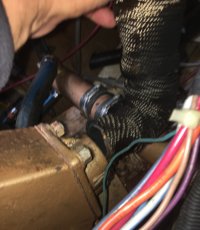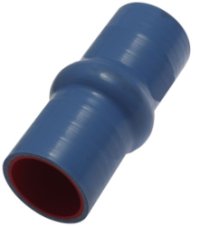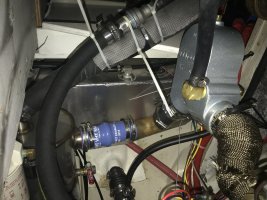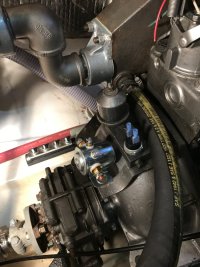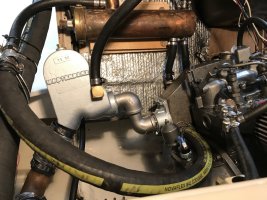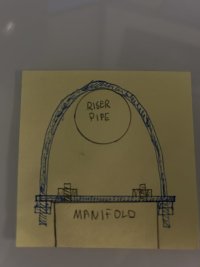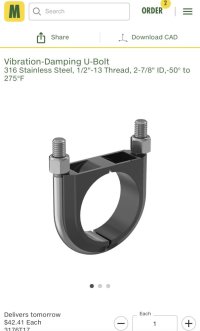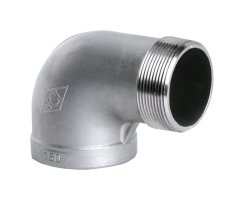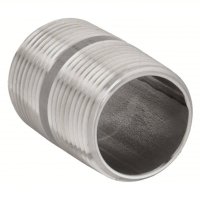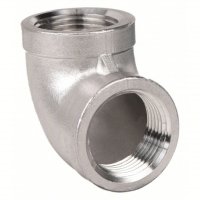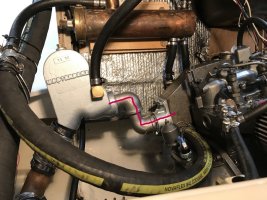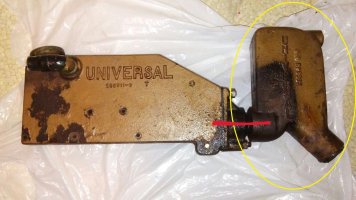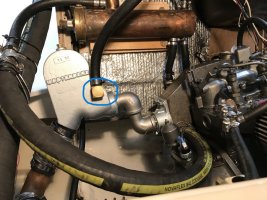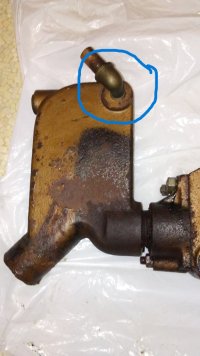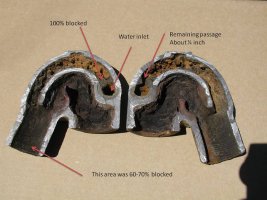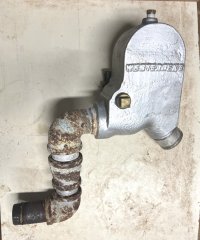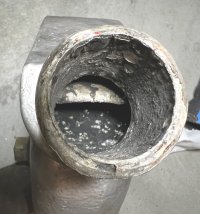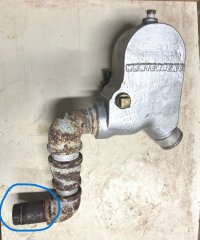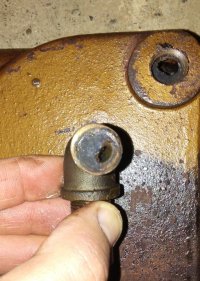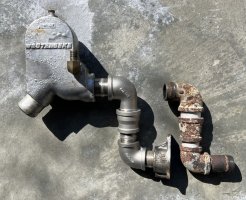Yeah, your riser setup is interesting. Compare that to what I originally had on my M25.
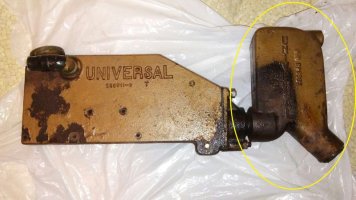
The one-piece Universal riser/elbow unit (circled in yellow) was considered enough "rise" for the raw water injection point.
For some reason on yours, they added a riser pipe below the riser/elbow unit. That's like having a double riser. I know there are some advantages to having the raw water injection point higher, but your set up seems like it would do induce a lot of stress in that lowest pipe fitting that has to hold everything else up.

The one-piece Universal riser/elbow unit (circled in yellow) was considered enough "rise" for the raw water injection point.
For some reason on yours, they added a riser pipe below the riser/elbow unit. That's like having a double riser. I know there are some advantages to having the raw water injection point higher, but your set up seems like it would do induce a lot of stress in that lowest pipe fitting that has to hold everything else up.
Last edited:

